Watching BET one Saturday afternoon back in the summer of 2008 I got hooked on David Simon’s masterpiece “The Wire.”
Later that summer I began writing in earnest about imposter Christian Gerhartsreiter, a murderous fugitive con man living his best life as Boston socialite Clark Rockefeller.
It took me all this time to make the connection that both the TV show and my writing about Rockefeller have Baltimore ties.
If you’ve seen The Wire, you know that all five seasons take place in a city defined by crooked cops, dangerous drug kingpins, shady longshoremen, inadequate schools and pols on the take.
My book “Becoming Clark Rockefeller” recounts Gerhartsreiter’s criminal career, which climaxed when he was arrested in a Baltimore row home and charged with the Boston abduction of his young daughter. He spent decades drifting through upper crust American towns posing as a wealthy heir with international connections and a dark secret.
By the time Gerhartsreiter got to Baltimore he was identifying as Chip Smith, an erstwhile sailor planning an around-world-journey in a leaky catamaran docked on the Inner Harbor. He had purchased a row home on Ploy Street that might have been a great hiding spot if it wasn’t for a pesky Amber Alert that became national news and led to his arrest.
Although, its nickname is Charm City, Baltimore is a long way from Greenwich, San Marino, Cornish and the other fancy towns Gerhartsreiter called home.
In fact it has nothing in common with any of those places — superficially at least. Maryland seems far more like the south than those Yankee enclaves that drew Gehartsreiter.
A few years ago I was in Baltimore briefly. It was a dark, cold, rainy late fall night in the week before Christmas in 2022. I’d caught a train for New York at Union Station in DC, but got on the Acela instead of the slow train. When the conductor checked my ticket, he booted me and my luggage at Baltimore.
I waited for the next train shivering like only a Californian in a thin jacket can in a cold winter storm. For what it’s worth I bought a nice camelhair overcoat once I arrived in New York — it’s kept me warm on visits to cold climates ever since.
Standing on the Amtrak platform then, I couldn’t help thinking about The Wire and wondering how far I might be from Hampsterdam, The Poe Homes, or the multitude of locations where Bodie, Stringer Bell, Bubbles, McNulty and Bunk hung out.
Twenty minutes later my train arrived. I was outta there. I didn’t even think about Rockefeller.
2024.
It’s 1:30 am on a Tuesday morning in late July. The Baltimore Airport is empty. It’s raining, humid and seems like it’s 90 degrees. There are 30 people sweating in the taxi line and no cabs in sight. A choice presents it self: Wait? God knows how long? Or, walk 200 yards and up two flights of stairs to catch an Uber?
On the ride to the hotel, the city seems dark until the harbor lights come twinkling into view. The only thing recognizable on the skyline is a giant Domino Sugar billboard at the waterfront ablaze with red lights. The very tired Uber driver points out the Ravens Stadium and Camden Yards. Babe Ruth comes to mind. Wasn’t he from Baltimore?
When the sun comes up it’s still early. There’s a Dunkin’ Donuts on the other side of Charles Street. A few working folks come and go avoiding obstacles along the way. Just outside the door there’s a puddle of vomit and a man sleeping on a rolled up jacket. The vibe of the architecture is Dashiell Hammett. His novel “The Glass Key” is ostensibly a story about a murder in an insanely corrupt town on the Eastern Seaboard. It was clearly set in Baltimore, even if it didn’t come right out and say it. Hammett knew a thing or two about corruption in Charm City. He’d got his start as a Pinkerton’s detective before becoming one of the 20th Century’s greatest American novelists.
I walked up Federal Hill toward the original Washington Monument in hopes of finding Rockefeller’s hideout on Ploy Street. It’s not a kind neighborhood by any stretch of the imagination, 7-Eleven has two guards out front and one inside. But, it’s mildly gentrified. Past the methadone clinic there are people with multicolored hair and couples walking their dogs. A monument to Pope John Paul II is a shady respite for some other folks who have nodded off in the shade.
Ploy Street isn’t a street as much as it’s an alley that runs alongside a parking lot and between buildings. As I approach the hideout, I realize it’s behind an 8-foot high brick wall and set apart from its surroundings by a courtyard / patio. Two heavy wooden gates bar entry to the front. Today though it’s open. A woman is sweeping the patio. The place looks abandoned. She says she doesn’t know who lives here or if anyone does. She’s hired to keep it up.
Gerhartsreiter, now Chip Smith and no longer Rockefeller, was arrested here on a ploy. The FBI knew he was holed up and in hiding when they approached. Someone called to tell him his Catamaran was taking on water and he needed to fix it. As he stepped out from behind the gate, an agent yelled out, “Hey Clark!”
“Chip” turned around. He was surrounded and taken down.
This week, Gerhartsreiter, now behind the brick walls of San Quentin, is due to go before the state parole board for the first time since 2013 when he was convicted of the 1985 murder of John Sohus in San Marino.
I’ll update that here in the next week or so.
If he is ever paroled, the feds will likely send him back to Germany.
The closest I may have come to any of the characters in The Wire might have been a security guard in my hotel who looked and sounded exactly like Snoop, one of the show’s fiercest portrayals.
My buddy, Journalist J. Brian Charles, and I had dinner one night at O’Shea’s, an Irish Pub that might have doubled as McNulty’s cop bar / hangout. I drank Yuenglings from the bottle and ate Shepherds Pie. There were no detectives moping and drunk at the end of the bar and no ducks taking shots either.
We talk a little about stuff that’s happened here like the death of Freddie Gray and how former Mayor Sheila Dixon, who left office in a gift card embezzlement scandal was nearly returned to the post by voters in June.
The next night I took an Uber through the wastelands of East Baltimore. The driver admitted she’d never been in this part of town and worried about my destination — Koco’s Pub, famous for its Maryland crab cakes. I could almost hear the sigh of relief once she dropped me off and sped away. Despite the ride through some really rough areas, The spot was actually in the heart of a nice neighborhood filled with doctors and nurses who work at Johns Hopkins.
Koco’s Pub didn’t disappoint. It reminded me of Jacques- Imo’s in New Orleans’ Garden District, only smaller and much brighter. No plastic cups at the bar either. I went for a crab cake, “Natty Bo” in a can, watched the Orioles game and talked to the bartender about Baltimore. He said it’s coming back. I listened and wondered what it was coming back from.
For those here to get updates on the Paul Garcia story, another chapter will drop later this week. Thanks to all of you who are supporting Area 51 with your subscriptions.
Note: Two of the images herein were generated by Microsoft Co-Pilot AI. The photo of Felicia “Snoop” Pierson comes from Wikipedia. The House in Ploy Street, Koco’s Pub and Baltimore Amtrak are from my collection.

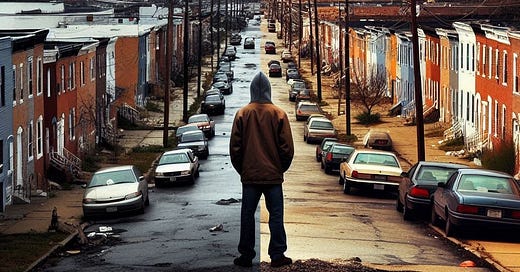



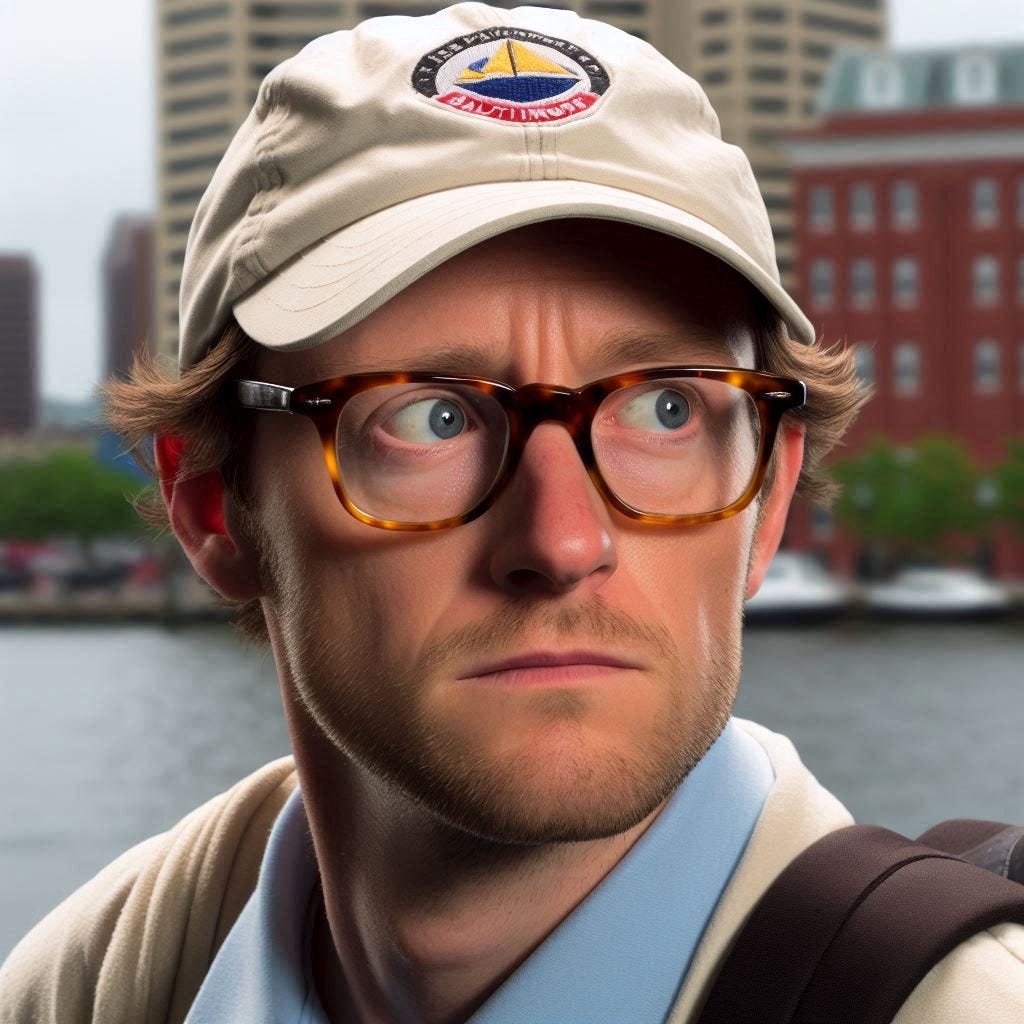
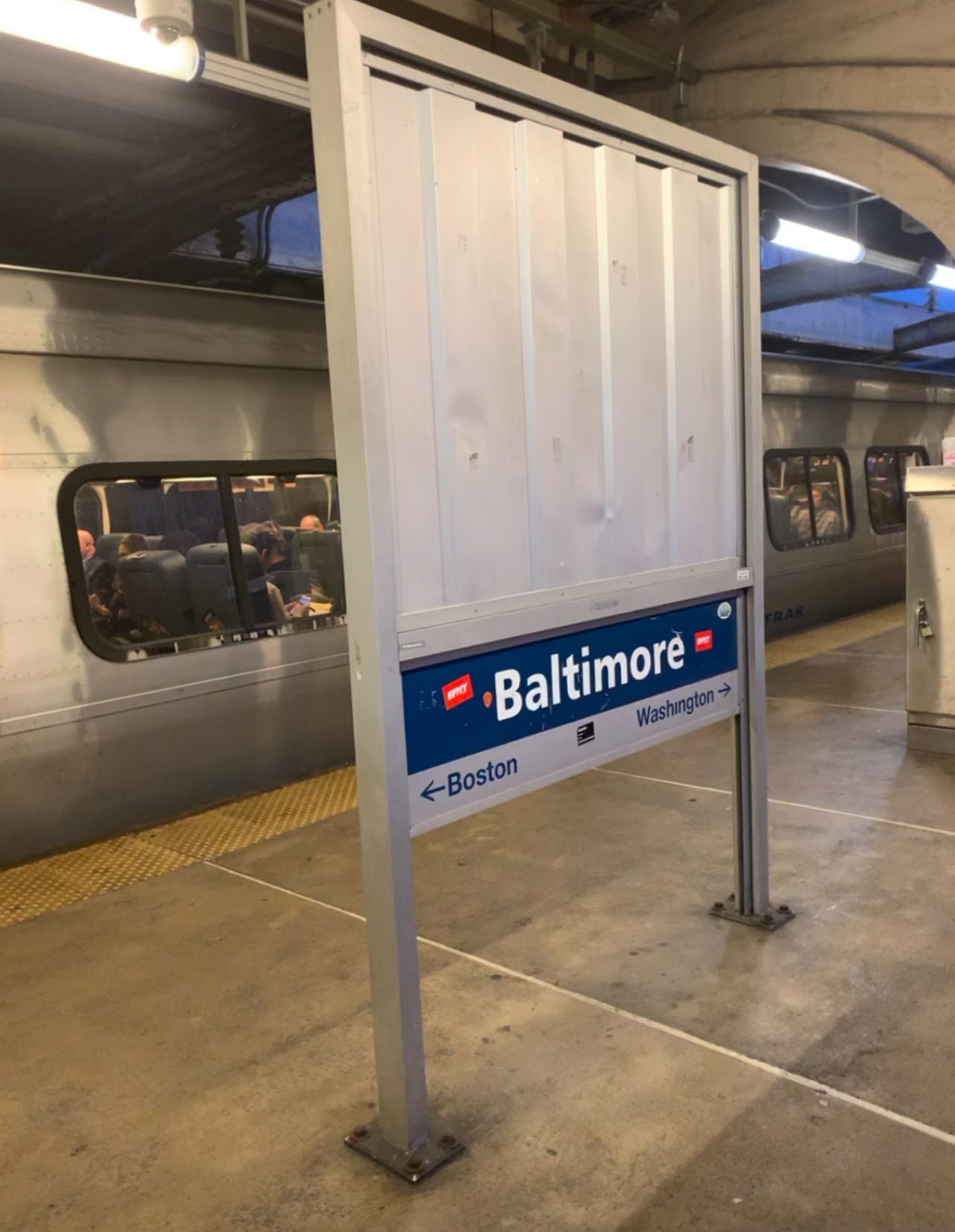
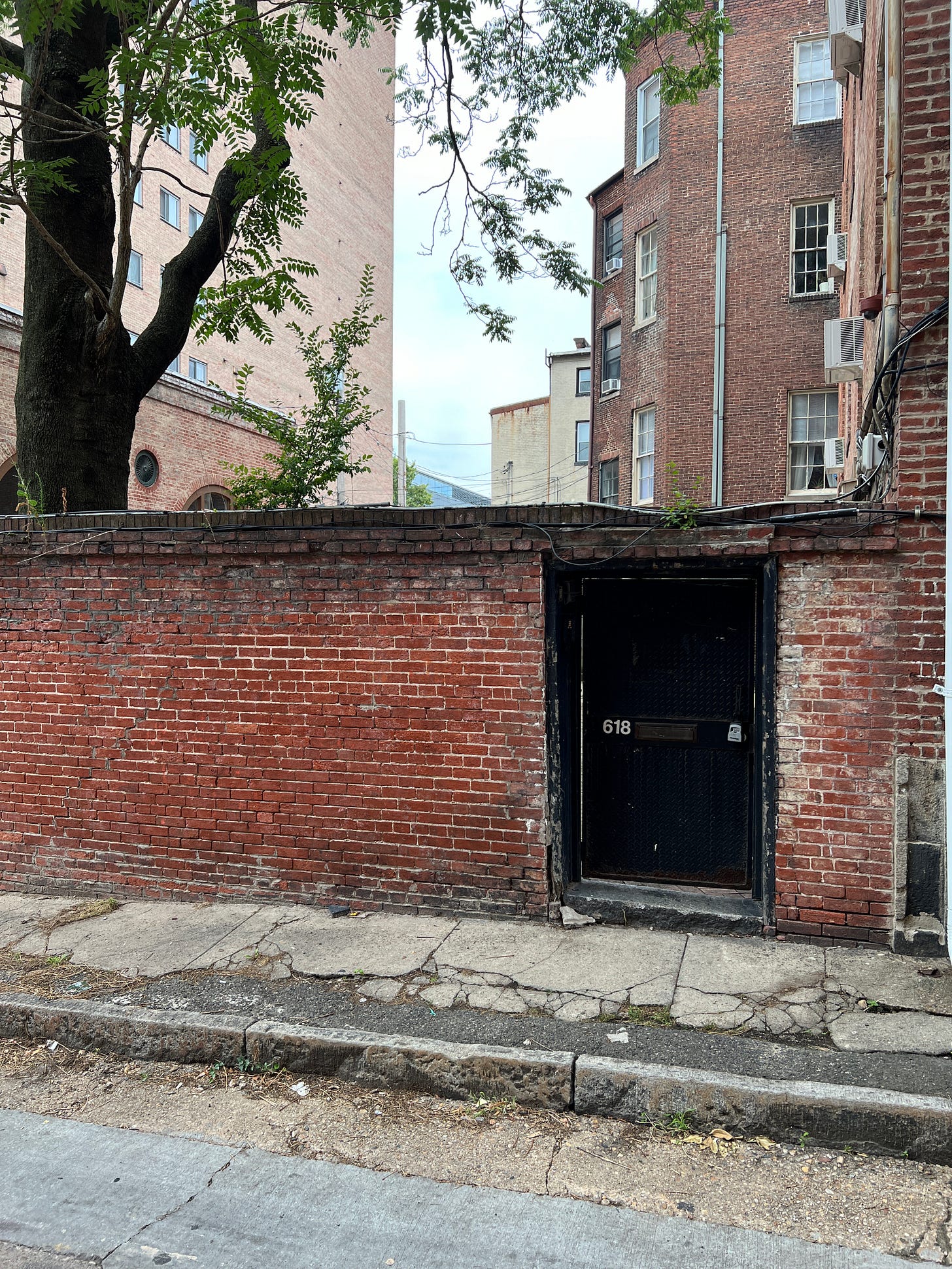
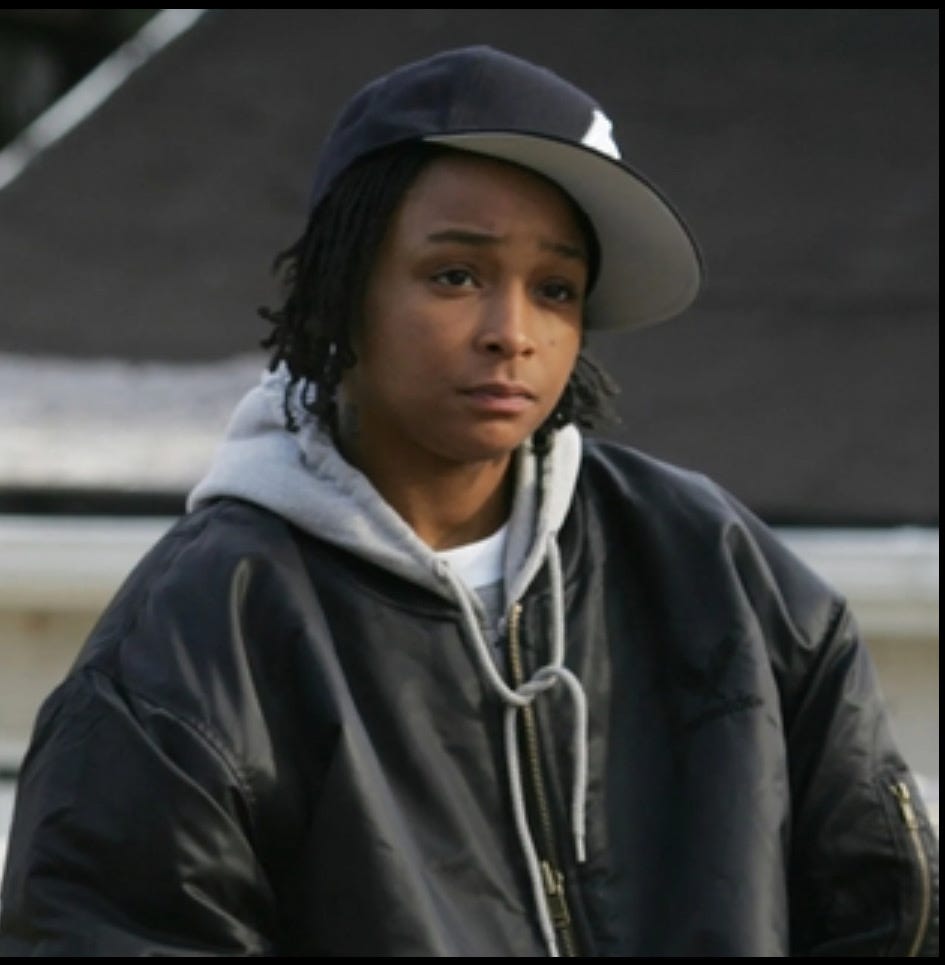
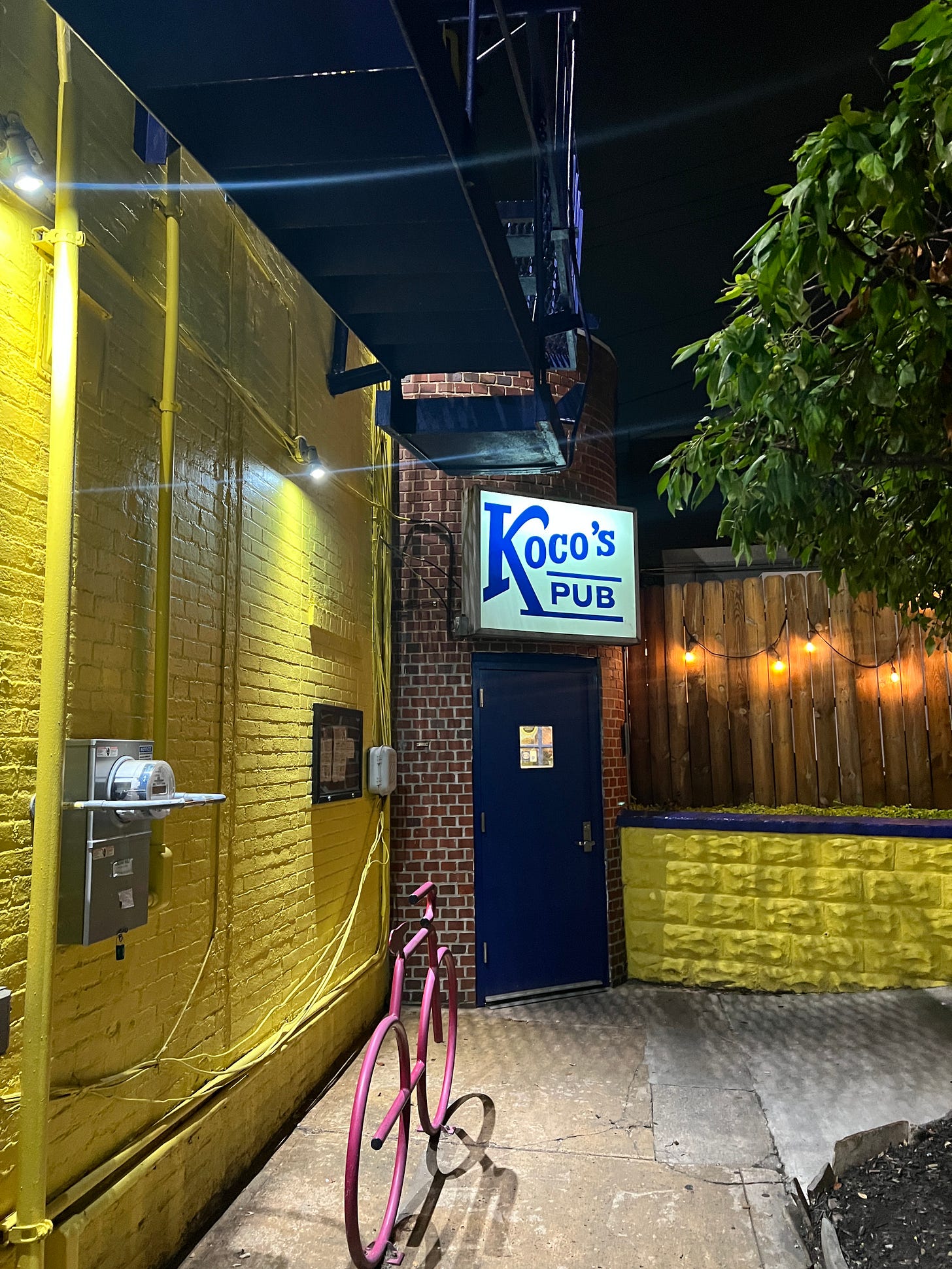
There is a new post on the case.
Thank you. Working on it. Appreciate your patience.